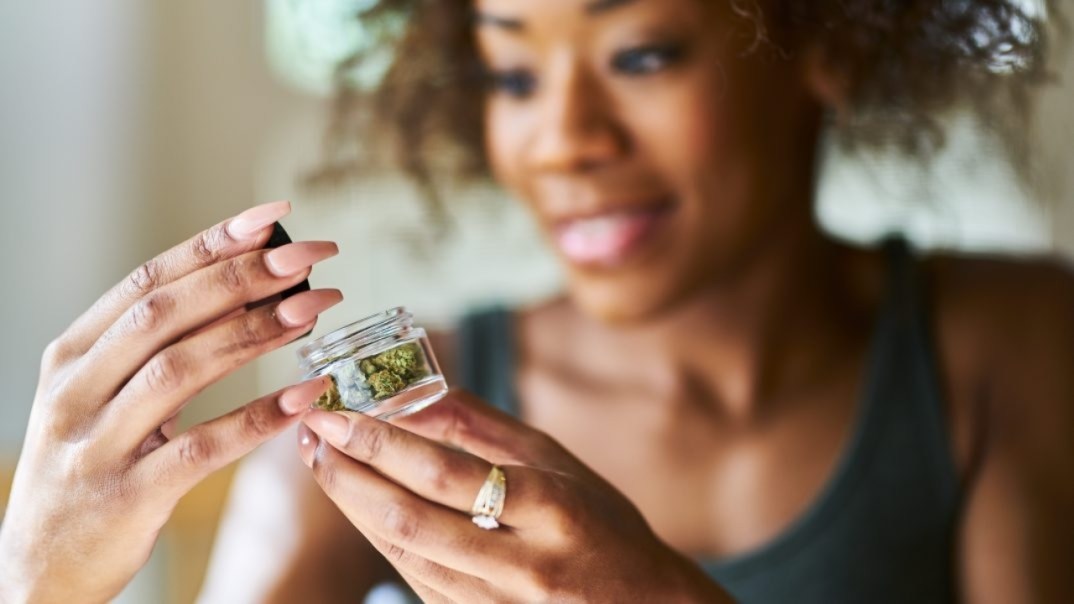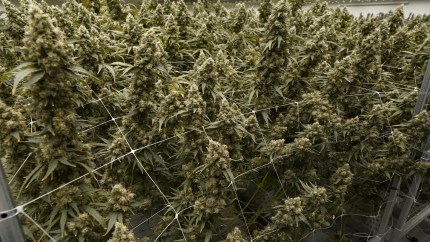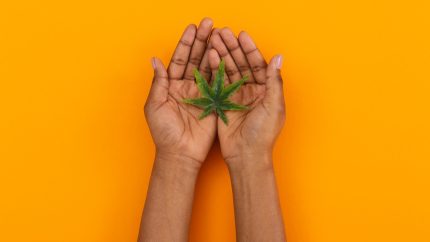More older Americans are using cannabis daily than consuming alcohol, a new study finds
A recent study has found that daily cannabis users have risen "fivefold from 8 million to 42 million" over 30 years, its authors wrote.

After a long day of work, more Americans seem to be ditching happy hour for a more “elevated” experience: cannabis. According to a new study, for the first time ever, more Americans are using cannabis daily than consuming alcohol.
The study, published on May 22 in the journal Addiction, found that roughly 17.7 million people reported daily or near-daily cannabis use, compared to 14.7 million people who reported drinking alcohol at the same rate.
“Over the last 30 years, the number of people who report using the drug in the past month has risen fivefold from 8 million to 42 million,” study author Jonathan Caulkins, a cannabis policy researcher at Carnegie Mellon University, and Stanford University professor Keith Humphreys wrote in the Washington Monthly about the report.
“Through the mid-1990s, only about one-in-six or one-in-eight of those users consumed the drug daily or near daily, similar to alcohol’s roughly one-in-ten,” they continued. “Now, more than 40 percent of marijuana users consume daily or near daily.”
Researchers collected and analyzed the National Survey on Drug Use and Health data from 1979 through 2022. This was the first year on record the survey found higher rates of cannabis than alcohol. According to the study, survey participants reported drinking four to five days per month, compared to cannabis use 15 to 16 days per month.
Recommended Stories
Caulkins and Humphreys credit the rise in cannabis use with the recent changes in policy surrounding the substance throughout the country. They note that the uptick in use is worth noting, especially as President Joe Biden plans to reschedule marijuana from a Class I to a Class III drug.
Strikingly, there haven’t just been changes in frequency but in demographics. Researchers also found that the largest age demographic consuming the substance is adults in the age range of 35-49 and older. They also observed that adults in the 26-34 age range account for a higher frequency of use than those aged 25 through 18. They also noted that numbers remain low and stable among young people between ages 12 through 17.
Another noticeable change throughout the years has been the increase in potency of the substance on the market. Brands are continually devising products, with THC levels well into the mid-30s.
Not all users of the substance are smoking it; many are consuming “extract-based products” that include edibles, tinctures and vapes. Speaking to the Washington Post, Caulkins said, “Cannabis legalization has expanded the variety of products.”
While increasing legalization, expanded products and changing views on the substance have largely contributed to the rise of its usage, the researchers also claim that the new trend may not be “all benign.”
“Cannabis isn’t fentanyl, but it isn’t lettuce, either,” the researchers wrote. “The vastly increased use of the drug is not all benign, and we may come to regret it if we fail to recognize and respond to these trends.”








